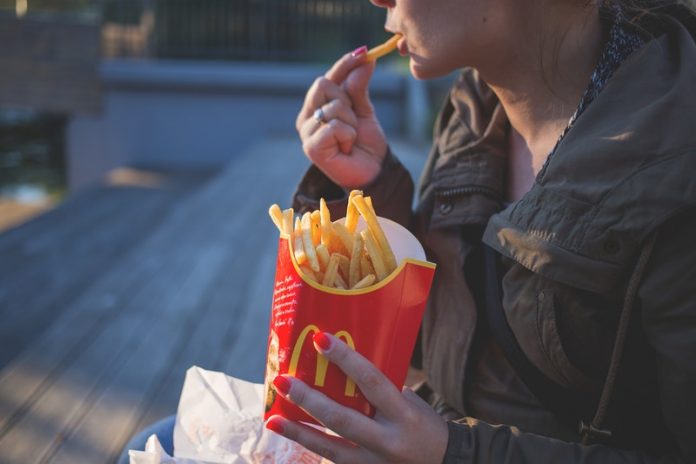
Trying to keep your blood sugar in check? Limit or steer clear of these 10 foods to stay healthy and avoid complications.
These 10 food types make diabetes management impossible without tons of insulin. Not only diabetes but also cancer and other chronic health conditions arise from eating these horrible foods.
Sugar sweetened beverages
Recent studies find that people who consume sugary drinks regularly—1 to 2 cans a day or more—have a 26% greater risk of developing type 2 diabetes than people who rarely have such drinks.
Frequently drinking sugar-sweetened beverages is associated with weight gain/obesity, type 2 diabetes, heart disease, kidney diseases, non-alcoholic liver disease, tooth decay and cavities, and gout, a type of arthritis.
Trans fats
There is some evidence that trans fats could impair insulin sensitivity compared to unsaturated fat in insulin resistant or diabetic individuals.
The American Diabetes Association recommends including more monounsaturated and polyunsaturated fats than saturated or trans fats in your diet.
White pasta/ white rice/ white bread
White bread is made of white flour that is full of refined starch. Not just white bread; white rice and white pasta is also made of white flour.
Goods made of these flours, act like sugar and get digested very quickly and topple the blood glucose levels.
Breakfast cereals/ corn flakes
High blood sugar in the morning is common for people with diabetes. Blood sugars may also rise after breakfast, which can cause a vicious cycle.
High blood sugars may cause you to crave more carbohydrates, and eating more calories and carbohydrates can cause your blood sugar to rise.
There are a lot of processed cereals on the market that are full of calories, carbohydrates, and sugar—none of which are great for diabetes.
In addition, the glycemic index of corn flakes is very high i.e. 82. High glycemic index form of carbohydrate present in corn flakes produces high concentrations of blood glucose levels. This contributes to the high risk of type 2 diabetes.
Flavoured coffee drinks
Any drinks with added sugar like sodas, sports drinks, energy drinks, fruit-flavored drinks, and sweetened tea and coffee are best avoided.
The liquid sugar can cause spikes in blood sugar, and the added calories can contribute to weight gain.
Fruit flavoured yogurt
Yogurt can be a great nutrient-dense breakfast option or an easy snack. If unsweetened and Greek-style, it’s low in carbohydrates and high in protein.
This means it won’t cause blood sugar spikes in people with diabetes, like other sources of carbohydrates.
Most flavored yogurts are not healthy options. They often contain too much added sugar or other additives that should not be included in a healthy diet. It is best to avoid following strawberry flavored yogurts.
Maple syrup/ honey
Both honey and maple syrup are naturally high in sugars. Maple syrup has a low glycemic index of 54, while honey’s glycemic index of 61 is slightly higher, making honey a moderate glycemic index food.
Generally, there’s no advantage to substituting honey for sugar in a diabetes eating plan. Both honey and sugar will affect your blood sugar level.
Potato fries
French fries are a food you may want to steer clear of, especially if you have diabetes. Potatoes themselves are relatively high in carbs. One medium potato contains 34.8 grams of carbs, 2.4 of which come from fiber.
Previous research has found that eating unhealthy potato foods, such as chips and French fries, increases your risk of type 2 diabetic complications, such as heart disease and obesity.
In addition, many packed snacks contain too much salt, sugar, trans fats and fine carb and should be avoided by people with diabetes.
For more information about the worst foods for diabetics, check this video
If you care about diabetes, please read studies about common vegetables that may reduce kidney damage caused by diabetes, and findings of why more than half of people with type 2 diabetes die from heart disease.
For more information about diabetes, please see recent studies about diet that could help reduce high blood pressure, diabetes, and results showing this therapy may reverse diabetes-related eye disease.


